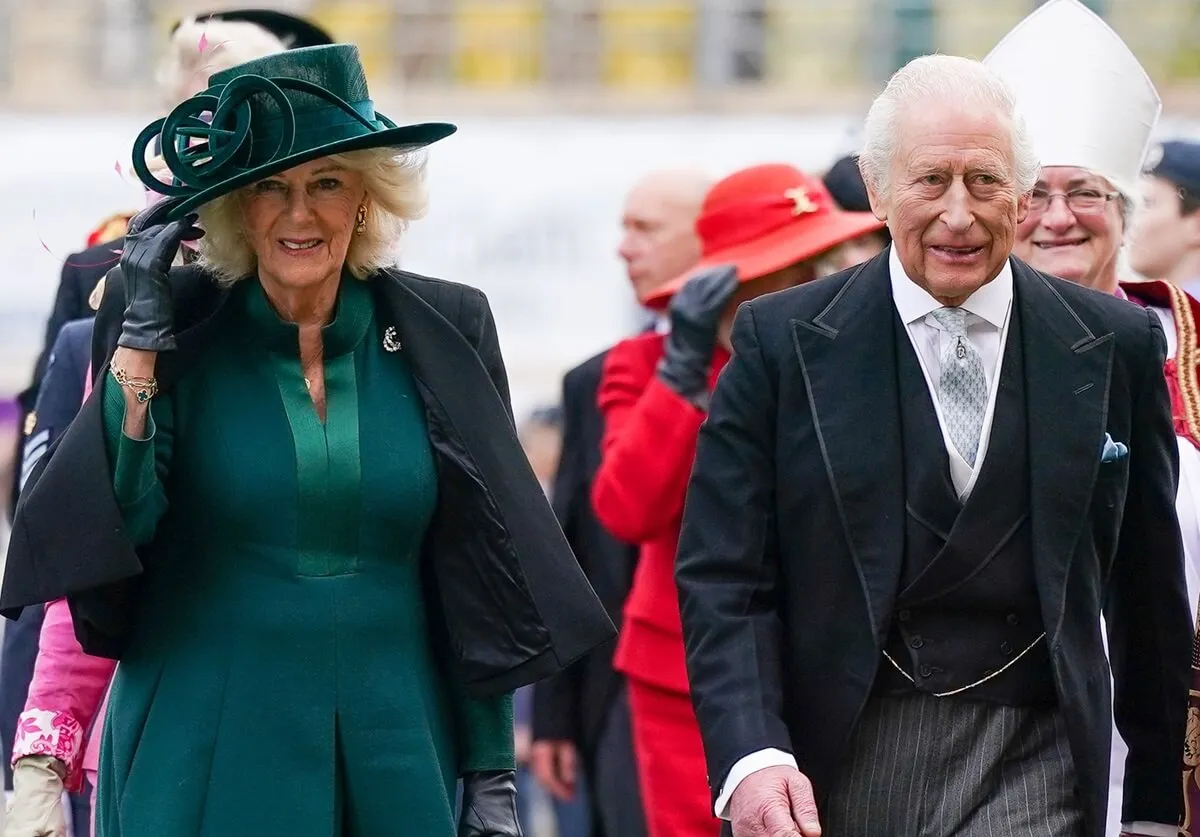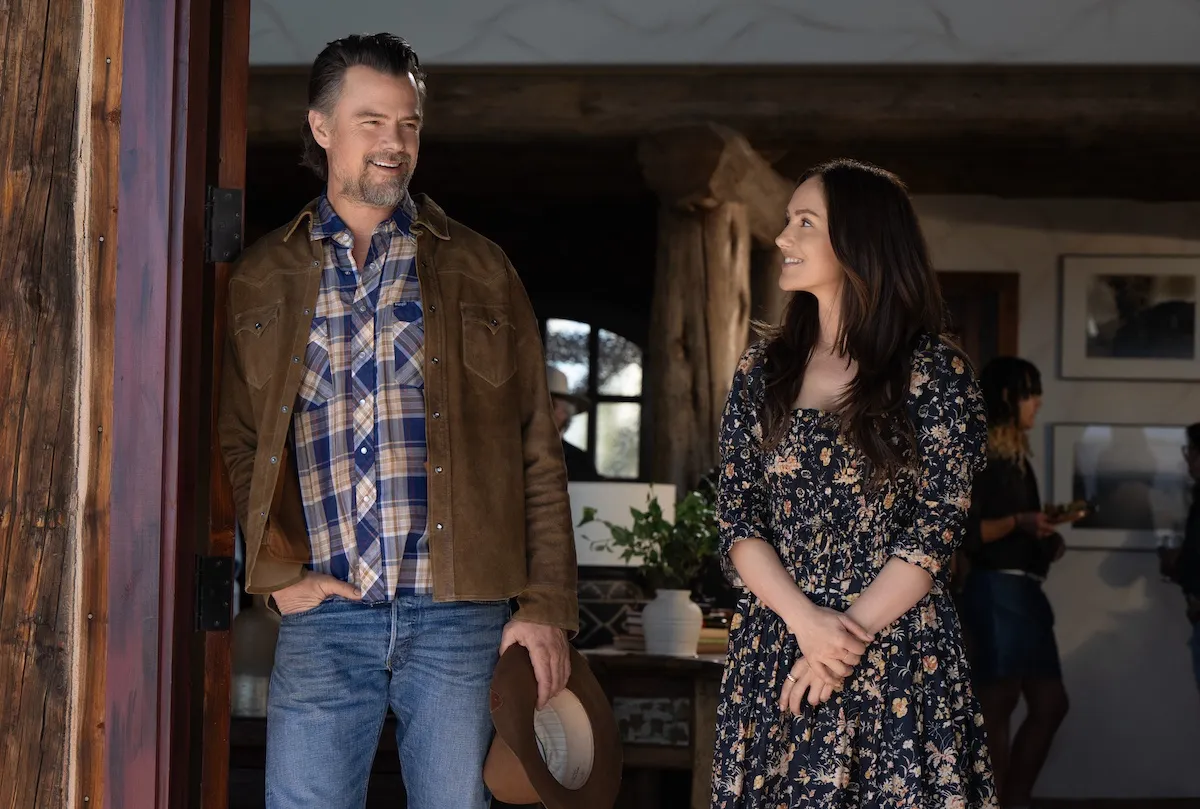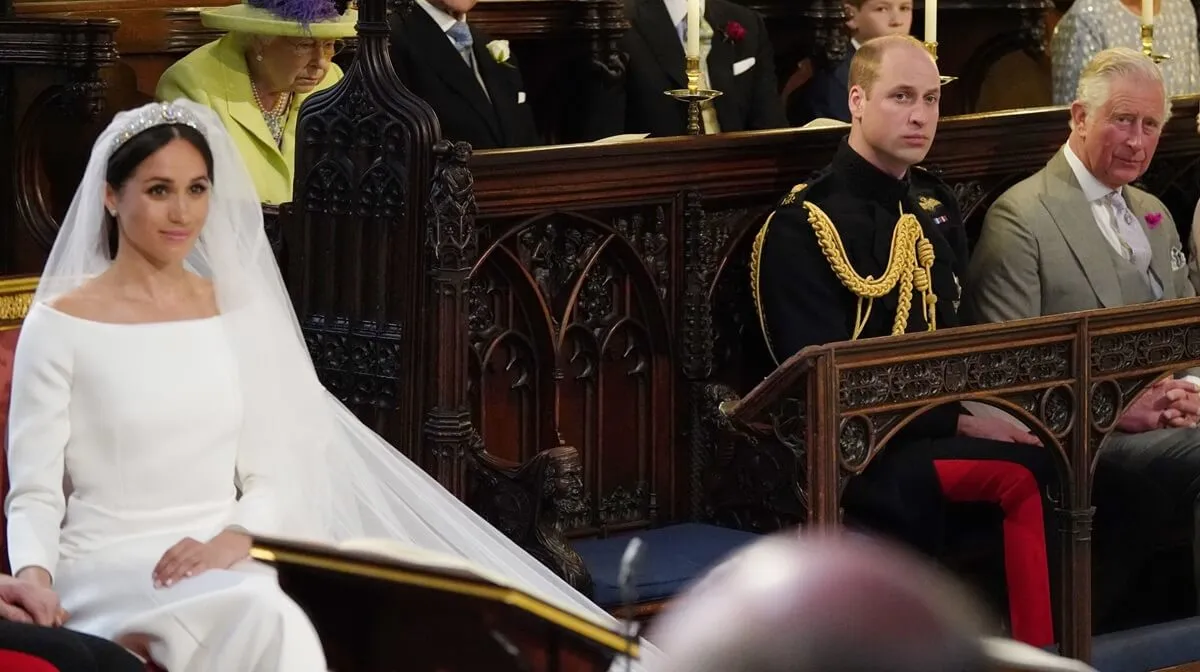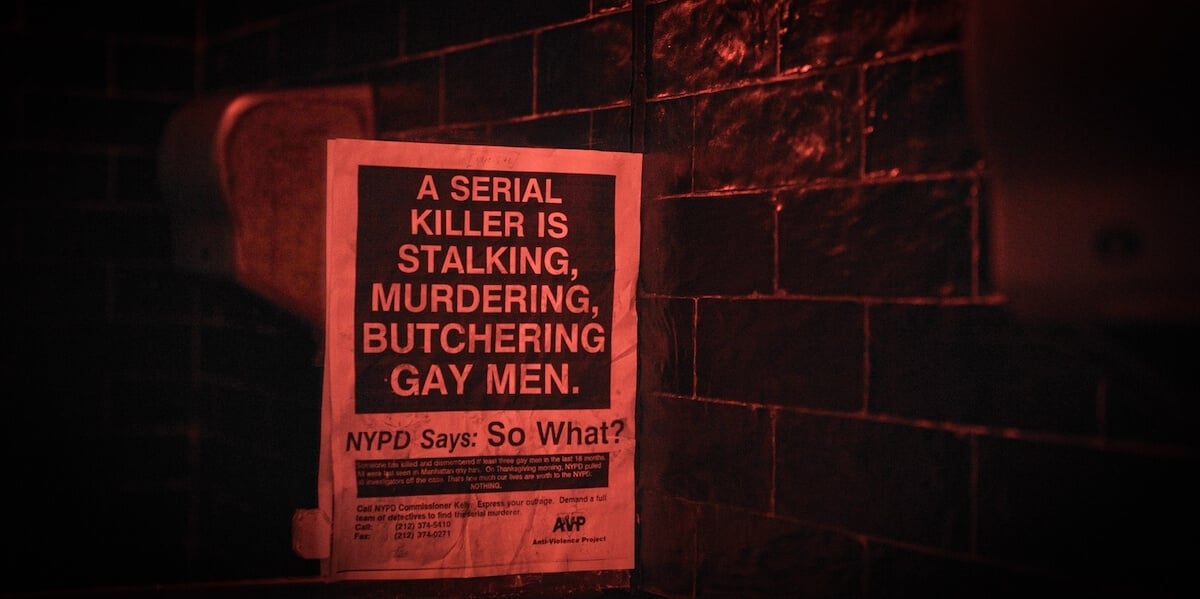
Who Was the Last Call Killer?
In the 1990s, a serial killer stalked the streets of New York City, preying on gay men. For years, the murderer operated in the shadows of the city’s LGBTQ nightlife scene, as homophobia and law enforcement biases undermined investigations into the brutal crimes. HBO’s new four-part docuseries Last Call: When a Serial Killer Stalked Queer New York, which premieres July 9, dives into this little-known story, exploring how deep-seated prejudices allowed the killer to target marginalized individuals and how activists stood up for victims and to protect the LGBTQ community.
A disturbing discovery leads to the hunt for a serial killer
Last Call: When a Serial Killer Stalked Queer New York begins with the discovery of a dismembered body in New Jersey in July 1992. The victim was Thomas Mulcahy, a married man and father of four from Massachusetts who was last seen leaving the Townhouse Bar in Manhattan with a brown-haired man, according to Oxygen.
The crime resembled a cold case from a year earlier. In May 1991, the body of Peter S. Anderson, an investment banker from Philadelphia, was discovered in trash bags at two different rest stops along the Pennsylvania Turnpike. He’d recently come out as gay and, like Mulcahy, had visited the Townhouse Bar on the last night he was seen alive.
The killings sparked fear in a community already reeling from the ongoing AIDS crisis and rising anti-gay sentiment.
“It was horrible,” Abraham Levy, who worked as a cocktail waiter at the Townhouse in the early 1990s told The New York Times in 2006. “Every week there seemed to be another body.”
Roughly a year after Mulcahy was murdered, the remains of Anthony Marrero, a sex worker from Manhattan, were found in New Jersey. A few months later, Michael Sakara vanished after leaving Five Oaks, a gay bar in Greenwich Village. His dismembered body was found in trash bags that had been dumped at a rest stop in New York.
The bodies of the men were found in three different states, but similarities between the victims and the way they were killed prompted several law enforcement agencies to come together to form a task force to investigate the murders, which appeared to be the work of a serial killer. But the case went cold not long after Sakara’s killing, according to the Staten Island Advance.
New forensic technology exposes the Last Call Killer
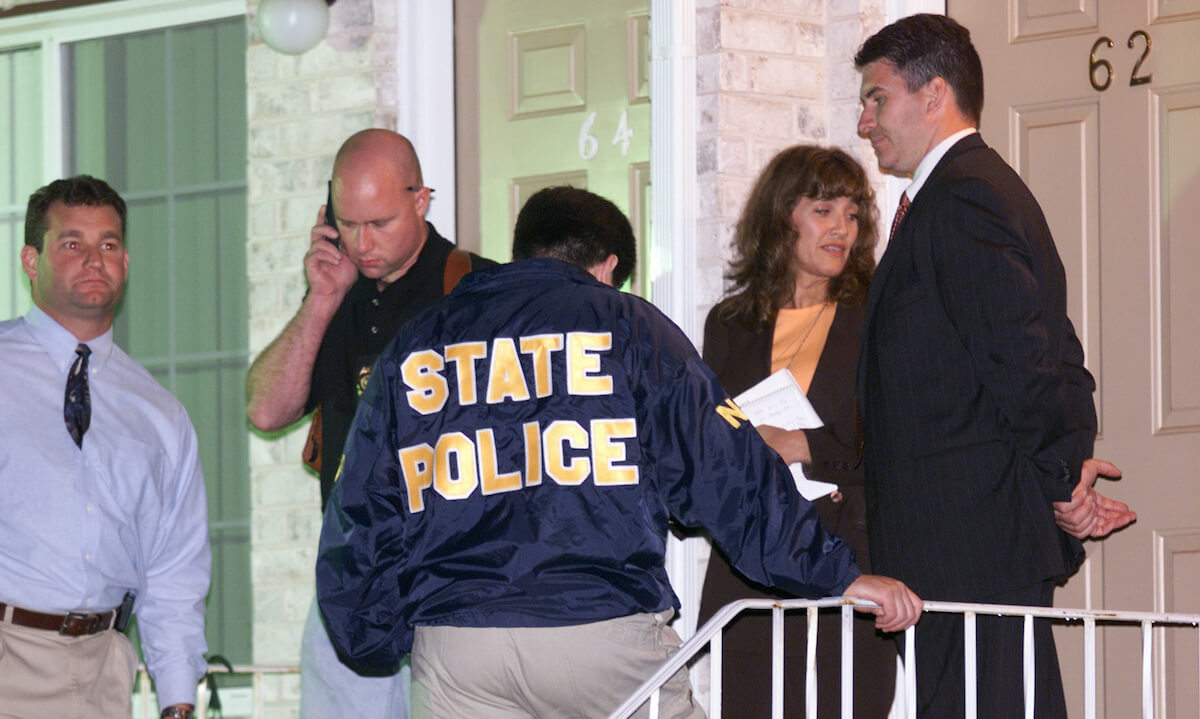
For several years, there was no progress in identifying the person responsible for killing Sakara, Marrero, Anderson, and Mulcahy. But Mulcahy’s widow did not give up hope that her husband’s murderer would be found. In 1999, she pressed the police for an update. Thanks to new technology, investigators were able to lift fingerprints off of some of the evidence from the crime scenes. The prints were sent out to police departments around the country, and in 2001, a match was found.
The prints were those of a Staten Island man named Richard Rogers Jr. In 1973, he’d been tried for murdering his roommate, Frederick Spencer. He claimed the killing was in self-defense and was ultimately acquitted. But decades later, his fingerprints were used to link him to a series of different murders.
When he was arrested, Rogers was working as a pediatric nurse at Mount Sinai Hospital in Manhattan. That matched with a detail a bartender at Five Oaks had shared with police. She said that Sakara had been drinking with a man who was a nurse at a hospital in Manhattan. Other evidence police recovered when the victims’ bodies were discovered also pointed to a connection to Staten Island.
Rogers was tried and convicted of the murders of Mulcahy and Marrero. There was not enough evidence to try him for the other two murders. Now 73, he is currently serving 30 years to life at the New Jersey State Prison in Trenton.
Last Call: When a Serial Killer Stalked Queer New York airs Sundays at 9 p.m. ET on HBO.
Sources: Oxygen, Staten Island Advance
For more on the entertainment world and exclusive interviews, subscribe to Showbiz Cheat Sheet’s YouTube channel.
